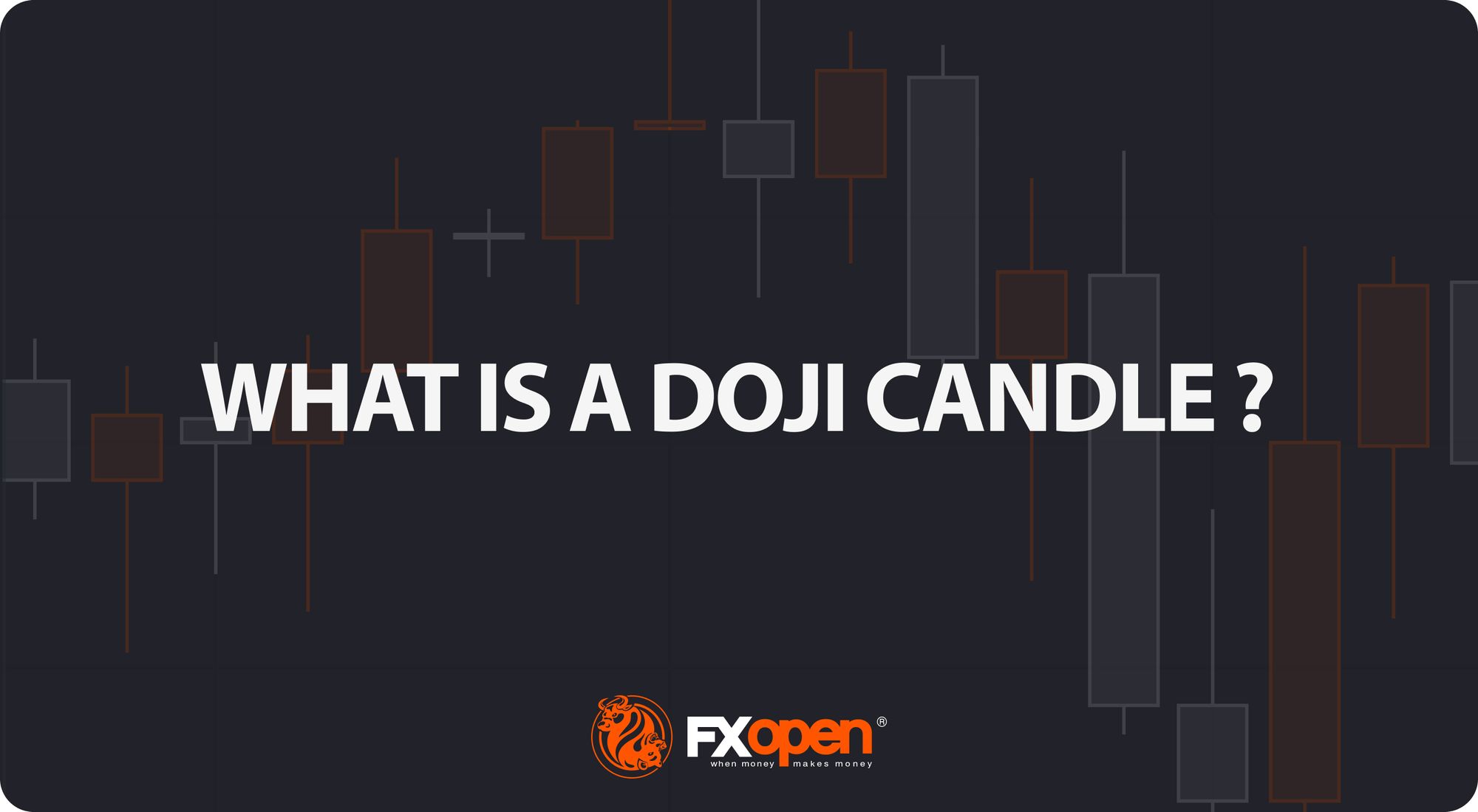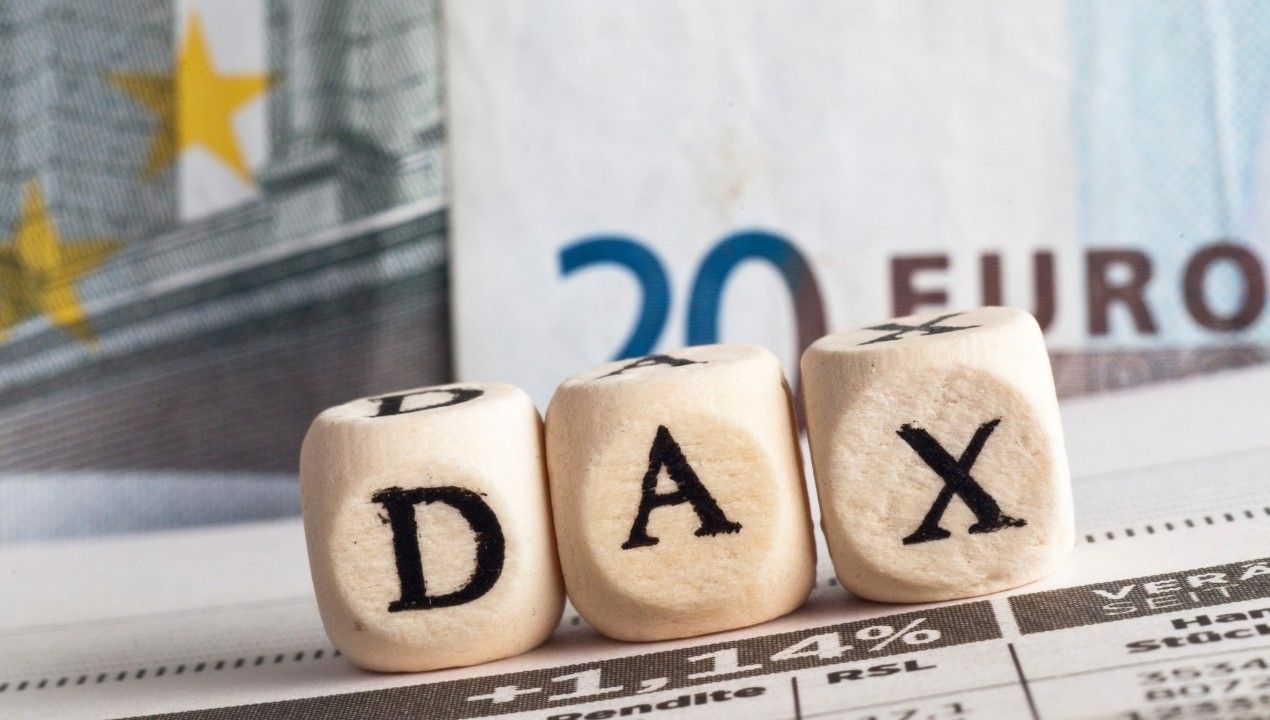FXOpen

In the turbulent seas of the financial markets, investors and traders often seek refuge in safe-haven assets. These financial instruments act as anchors, providing stability and protection during times of economic uncertainty. This article embarks on a journey to understand what safe-haven assets are, why they are vital, and how to navigate the world of financial shelter.
What Are Safe-Haven Assets?
The safe-haven asset class, at its core, consists of assets that retain or increase their value when other markets are in turmoil. They are the lifeboats in the stormy sea of volatility.
Historically, safe-haven assets have played a pivotal role in preserving wealth during turbulent times. From the gold rushes of the 19th century to the flight to quality in government bonds during economic crises, these assets have been a safe harbour for investors seeking to weather financial storms. Investor sentiment plays a crucial role in safe-haven demand. Fear and uncertainty in the financial markets can trigger a flight to safety as investors prioritise capital preservation over potential gains.
What characterises safe-haven assets?
- Stability: Safe-haven assets are known for their stability. They tend to exhibit lower volatility compared to riskier investments, providing a sense of security to investors.
- Preservation of Value: These assets are adept at preserving their value even when other markets are experiencing significant declines.
- Liquidity: Safe-haven assets are typically highly liquid, meaning they can be easily bought or sold without significantly impacting their market price. This liquidity is crucial when investors need to make quick decisions in times of crisis.
- Diversification: Many investors use safe-haven assets to diversify their portfolios, reducing overall risk. This diversification can help protect investments from severe losses during market downturns.
Safe-Haven Assets: Examples
Safe assets are present in various markets. The list of safe-haven assets includes:
- Precious Metals: Gold, silver, and platinum are often considered classic safe-haven assets. Their enduring value and limited supply make them attractive during economic uncertainty.
- Government Bonds: Bonds issued by stable governments, such as US Treasuries or German Bunds, are renowned for their safety. They provide both regular interest payments and the return of principal upon maturity.
- Currencies: Certain currencies, including the US dollar, Swiss franc, and Japanese yen, are considered safe havens. Investors flock to these currencies during crises due to their stability and reliability.
- Cryptocurrencies*: In recent years, digital currencies like Bitcoin and Ethereum have gained recognition as alternative safe-haven assets. Their decentralised nature and finite supply make them appealing in times of economic uncertainty.
- Real Estate: Investments in stable real estate markets can also serve as a form of financial shelter. Real estate properties often retain their value or even appreciate during economic downturns.
It’s impossible to determine for certain what the best safe-haven assets are. You need to note that safe-haven trading and investing are not risk-free. Financial markets bear the risk of money loss; therefore, it’s vital to perform comprehensive analysis, implement risk-management strategies, and invest free funds.
Factors Driving Safe-Haven Demand
The allure of safe-haven assets during times of economic uncertainty and market volatility is driven by a complex interplay of factors. Understanding what triggers demand for these assets is crucial. Here are the key factors that drive the demand for safe-haven assets:
1. Economic Downturns:
- During periods of recession or economic contraction, investors often seek safe havens. Economic indicators such as declining GDP, rising unemployment rates, and sluggish consumer spending can trigger this demand.
2. Geopolitical Events:
- Political Instability: Geopolitical tensions, conflicts, and unexpected political events can send shockwaves through financial markets. Investors turn to safe financial instruments in response to uncertainties arising from these events.
- Trade Disputes: Trade wars and disputes between major economies can disrupt global supply chains and create uncertainty. This can lead investors to seek safety in assets unaffected by trade tensions.
3. Central Bank Policies:
- Interest Rates: Decisions made by central banks regarding interest rates play a significant role in safe-haven dynamics. Central banks lowering rates may lead to concerns about the economy, driving demand for safe assets.
- Quantitative Easing: Policies like quantitative easing, where central banks purchase financial assets to inject liquidity into the economy, can raise concerns about inflation and currency devaluation, driving investors to safe instruments.
4. Currency Movements:
- Currency Depreciation: A weakening domestic currency can erode the value of investments denominated in that currency. Investors may seek to protect their wealth from currency devaluation.
- Flight to Quality: In times of crisis, investors often flock to currencies considered stable, such as the US dollar, Swiss franc, or Japanese yen, leading to increased demand for these currencies.
5. Systemic Risks:
- Banking Crises: Crises in the banking sector can have far-reaching consequences. The fear of bank failures can drive investors to seek the safety of assets less exposed to financial institutions.
Safe-Haven Assets in Action
Let's explore some real-market examples of how different types of safe-haven assets have responded to various crises:
The 2008 Financial Crisis:
- Gold: During the global financial meltdown of 2007-2008, gold significantly appreciated. Its price soared as investors sought refuge from collapsing financial institutions and plunging stock markets. Still, the most significant rise was seen in 2007. In 2008, investors turned to the US dollar, so the solid uptrend started weakening.
- US Treasuries: Investors flocked to US Treasuries, driving yields lower as bond prices surged. The perceived safety of US government debt was a key attraction.
The COVID-19 Pandemic:
- Gold: Once again, gold proved its mettle during the COVID-19 pandemic in 2020. As the virus spread globally, investors sought the stability and value preservation offered by the precious metal.
- Cryptocurrencies*: Bitcoin, often dubbed digital gold, gained attention as an alternative safe-haven asset. While it experienced volatility, some investors saw it as a store of value during the crisis.
Note that while safe-haven assets can provide protection during crises, their value usually declines in calmer times. Therefore, the role of these assets in a well-diversified portfolio is carefully considered based on individual financial goals and risk tolerance.
Risks and Considerations of Safe-Haven Assets
While safe-haven assets are valued for their stability and wealth-preserving qualities during times of turmoil, it's important for investors to recognise that these assets are not without their own set of considerations and potential drawbacks.
1. Opportunity Cost:
- Low-risk investments always provide lower returns compared to risky ones like stocks or real estate. While they offer protection, they may not offer the same growth potential.
2. Volatility:
- Low-risk assets may still be subject to increased volatility. Precious metals can experience significant price swings.
3. Liquidity:
- While safe-haven assets are typically liquid, extreme market conditions can lead to reduced liquidity.
4. Counterparty Risk:
- Government Bonds: Investing in government bonds carries counterparty risk, which is the risk that the government may default on its debt obligations. While this is rare for stable governments, it's not impossible.
- Financial Institutions: Holding assets within financial institutions can expose investors to the risk of the institution's financial stability. This risk is typically mitigated through regulation and deposit insurance.
5. Inflation Risk:
- While safe-haven assets are good at preserving capital, they may not always keep pace with inflation. In times of high inflation, the real value of these assets can erode.
6. Emotional Factors:
- Following the crowd into safe havens during crises can result in herd behaviour and inflated asset prices.
7. Diversification:
- Over-allocating to safe-haven assets can lead to an imbalanced portfolio. Diversification across various asset classes is essential to manage risk effectively.
Final Thoughts
In conclusion, while safe-haven assets serve as essential tools for preserving capital during turbulent times, they are not a one-size-fits-all solution. Investors and traders must weigh the benefits of safety and stability against the potential opportunity cost of lower returns and the associated risks. An optimal investment strategy often involves a well-diversified portfolio that balances the need for protection with the pursuit of long-term financial goals. If you want to diversify your portfolio or trade safe-haven assets, you can open an FXOpen account and explore over 600 markets.
*At FXOpen UK and FXOpen AU, Cryptocurrency CFDs are only available for trading by those clients categorised as Professional clients under FCA Rules and Professional clients under ASIC Rules, respectively. They are not available for trading by Retail clients.
This article represents the opinion of the Companies operating under the FXOpen brand only. It is not to be construed as an offer, solicitation, or recommendation with respect to products and services provided by the Companies operating under the FXOpen brand, nor is it to be considered financial advice.
Stay ahead of the market!
Subscribe now to our mailing list and receive the latest market news and insights delivered directly to your inbox.








